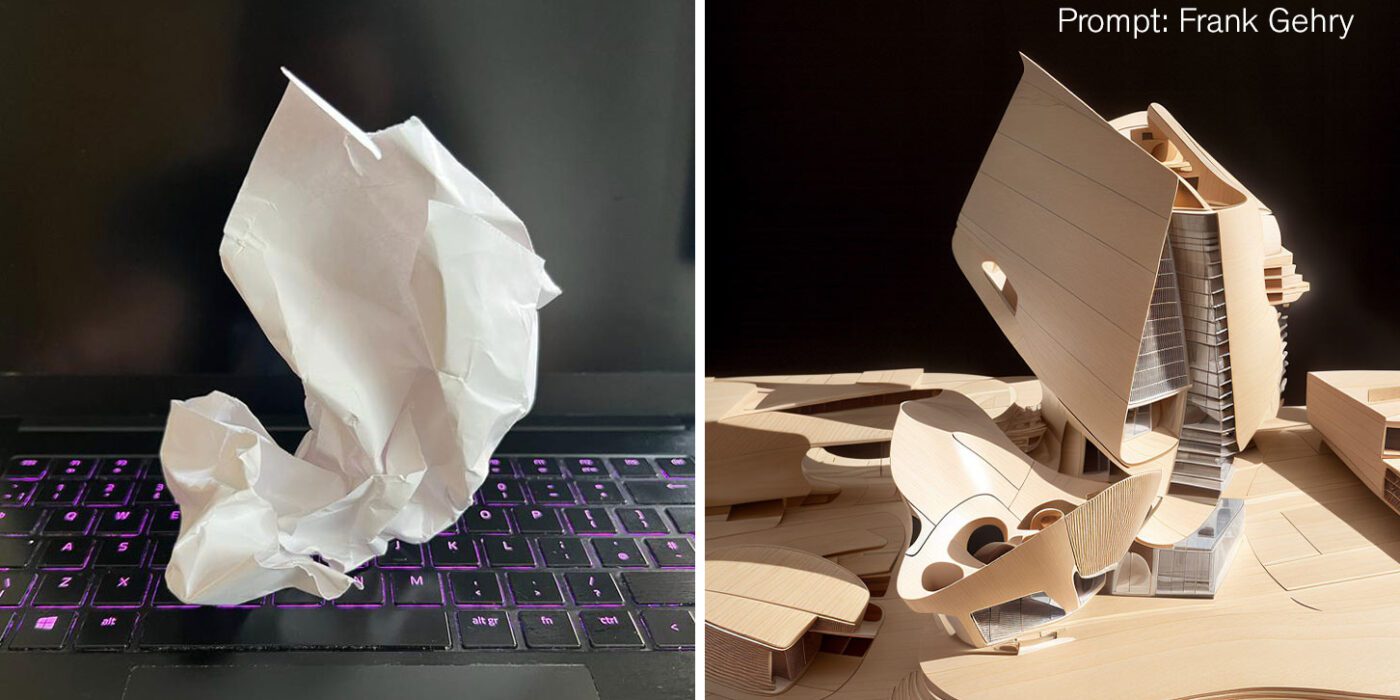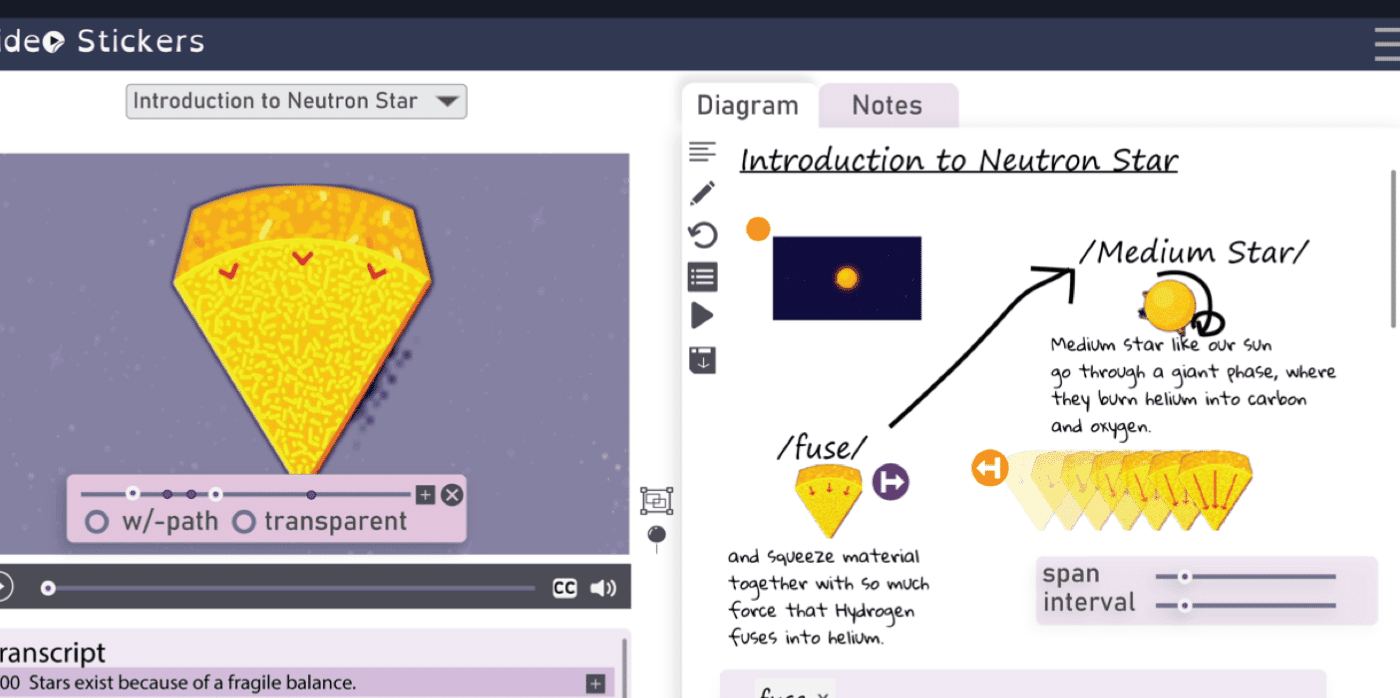Zaha Hadid Architects’ New AI Tool Takes You From Sketch to Rendering With a Click
The latest edition of “Architizer: The World’s Best Architecture” — a stunning, hardbound book celebrating the most inspiring contemporary architecture from around the globe — is now available. Order your copy today.
2022 was the year AI broke through to mainstream attention. But 2023 might be the year deep learning technology begins to really change how architects work.
It should come as no surprise to anyone that Zaha Hadid Architects is behind LookX, a digital tool that allows architects to put AI to work in a meaningful way. Dubbed “the Midjourney for Architecture” by Dezeen, LookX is a software program that can take a wide variety of inputs — anything from a detailed sketch to a group of squiggly lines — and instantly transform them into high-end architectural renderings. Zaha Hadid designer Tim Fu made headlines with a Gehry-esque rendering created from a crumpled piece of paper.
Unlike Midjourney — or any other AI tool for that many — LookX was specifically trained on an architecture dataset called ArchiNet. The fact that LookX has been trained on this data sets it apart from other tools and allows its outputs to be of real use to architects.
“Because it’s trained specifically on architecture models, it has a lot more capabilities in producing finished results and resolved geometry, as opposed to what you would typically get from Midjourney or DALL-E or Stable Diffusion,” Fu told Dezeen.
In short, the program is able to quickly grasp different architectural typologies, distinguishing residential structures from commercial or public buildings. It can also fill in details that really make sense and could be useful in later phases of the design process. These outputs, in other words, are not simply impressionistic digital sketches of buildings. Their utility extends beyond the initial “wow” factor.
The LookX platform includes three sections: Generator, Model Training and Sharing Community. This last section, the social dimension, allows different models to cross-pollinate, enabling sparks of innovation to fly in unexpected directions.
In addition, the image generation is split into Render Mode, where the machine re-interprets sketches into architectural form, and Explore Mode, which allows for flexible customization. Even Render mode is more flexible than one might think; users can upload reference images to give the program visual guidelines. Something is reassuring about these features; they make it clear that using LookX does not mean handing over creative control to the machine!
As LookX is a deep learning program, its generating capabilities are constantly improving the more that it is used. That might sound eerie but it is true; the power of these kinds of programs lies in their ability to learn.
There is a certain significance to the fact that Zaha Hadid Architects is the firm to release this tool. The late Dame Zaha Hadid was well-known for her loose and impressionistic sketches. She had the remarkable ability to think in terms of large shapes and curves and then translate these general ideas into real-life buildings.
LookX will allow more architects to work like Hadid, beginning with the big picture. As a brainstorming tool, this is very exciting. We can’t wait to see what buildings result from this technology!
The latest edition of “Architizer: The World’s Best Architecture” — a stunning, hardbound book celebrating the most inspiring contemporary architecture from around the globe — is now available. Order your copy today.









